Every November Tamarkin Auctions holds its annual rare camera auction which garners great interest. It’s a thrill to attend, especially if you’re a bidder. Furthermore, as a proud second-generation auctioneer and prominent U.S. Leica dealer, I have the privilege of handling these rarities and one-of-a-kind pieces of photographic history. But sadly, at the end of the day, I must let them go…
I introduce each Lot that comes across my auction block with an anecdote or story because I’m captivated by this stuff, and I want to share the fascination. Mark Twain said, “Find a job you enjoy doing, and you will never have to work a day in your life,” and there is truth to that — I am walking proof.
At our last Rare Camera Auction in November 2024, we offered black paint M cameras, the “steel rim” Summilux lenses, and the coveted Leica MP. Of the more than 400 Lots of rare photographica, the most interesting items — to me — were not the high-priced items that usually fascinate the marketplace, but these:
Lot 322. The GOMZ Sport Camera
This item was made in Leningrad around 1938. A few were made by the Gosudarstvennyi Optiko-Mekhanicheskii Zavod (GOMZ) company, and this example appeared with its original ever-ready case. It was the first Russian-made 35mm single lens reflex camera, and one of the first SLRs anywhere.
The GOMZ Sport sported an Industar-10 50mm f/3.5 lens and a waist-level viewfinder. While not particularly rare or expensive, they are fascinating pieces of 35mm photographic history. They almost always start a conversation; it’s a unique-looking camera. They are difficult to find in good condition — many were well-used and discarded before there was any interest in collecting. This one sold for $1,080. I hated to see it go, but go it must, to its new, loving home.
Lot 373. The Dielemann Special Leather case for the Leica I (Model A) camera.
Rarely offered, this leather case was handmade in Frankfurt, Germany by leather smith Wilhelm Dielemann. Very rare and nearly 100 years old! The case came from the collector in the eastern U.S., along with an array of highly collectible Leica items amassed over more than 50 years of collecting. It sold for about $850. Like many collectibles, rarity does not necessarily equal expense. You just need to know what to look for…
Lot 327. The Vidmar “Vidax” press camera.
Ever heard of it? Nether had I. Maybe 100 were made by the Vidmar Camera Company in Manhattan, New York, in 1948. Without a serial number, this camera still had its little viewfinder mask, which is a miracle in and of itself.



The camera cost $271 in 1948 and used either sheet or roll film. It was a genius design, but the company was underfunded at the time, and so it is likely that fewer than 100 cameras were made. This Vidax came from large collection of medium- and large-format cameras, including interesting police and military versions. A savvy buyer got the Vidax for $600 — another great example showing that not all rarities are expensive, even if they are museum-grade!
Lot 328. Voigtländer Bessa 4×5 with Nazi SS Förderndes Mitglied placard, circa 1937.
The Förderndes Mitglied der SS (“SS Patron Member”) were party members who were not active military, rather contributed financially to the Nazi party. I found it at a flea market in Wisconsin, along with a roll of Kodak Plus-X film that expired in January 1955.
My travelling companion was not thrilled at my purchase and made me stow it in the trunk for the entire trip. We couldn’t help but wonder what events this lens “saw” over its life, and shuddered to imagine what photographs it might have made. Atypically, this Lot did not sell.
Lot 398. Hugo Meyer 50mm Makro-Plasmat f2,7
This lens was in the original Leica screw mount, engraved “Dr. Rudolph Hugo Meyer & Co Görlitz.” Founded in 1896. The Optisch-Mechanische Industrie-Anstalt Hugo Meyer & Co. made relatively inexpensive lenses for several cameras, including the Leica. The Makro-Plasmat is one of the most sought-after 50mm Leica screw mount lenses. A very few were made in the early 1930s. This copy sold for $24,000, which is quite an attractive price.
This lens came from a storage locker auction along with a camera and other Leica lenses in a tattered leather system case. Not knowing what they had, the owner placed it on eBay where it was spotted by a savvy collector, who informed the owner that it should go to auction.
The owners and I met at a little coffee house to discuss the possibilities for the lens, and we immediately hit it off — we talked for two hours! The owners were happy to hand the lens over for consignment and as we hugged goodbye-for-now, they blessed me and said how grateful they were able to find me, for this warm and welcome turn of events.
This is the most gratifying part about my work — the people and the relationships. After all, isn’t that what it’s all about? Telling the stories and sharing the knowledge? What good is a fabulous collection if no one gets to enjoy it with you? It’s not about showing off but about sharing, which is what makes writing this, my first article for Macfilos, such a joy!
More on Vintage Photographic Equipment on Macfilos:
Tamarkin Rare Camera Auctions
A Leica I and a vintage Swan fountain pen
Vintage Cameras: 86-years-old and still Perfekta
The day a vintage Bentley ate my favourite Leica
My Leica III and its 91-year journey through life
M Files (25): Epson R-D1 — the world’s first digital rangefinder camera
Vintage Leica Ads: It’s the prices that make you think
Join the Macfilos subscriber mailing list
Our thrice-a-week email service has been polished up and improved. Why not subscribe, using the button below to add yourself to the mailing list? You will never miss a Macfilos post again. Emails are sent on Mondays, Wednesdays, and Fridays at 8 pm GMT. Macfilos is a non-commercial site and your address will be used only for communications from the editorial team. We will never sell or allow third parties to use the list. Furthermore, you can unsubscribe at any time simply by clicking a button on any email.

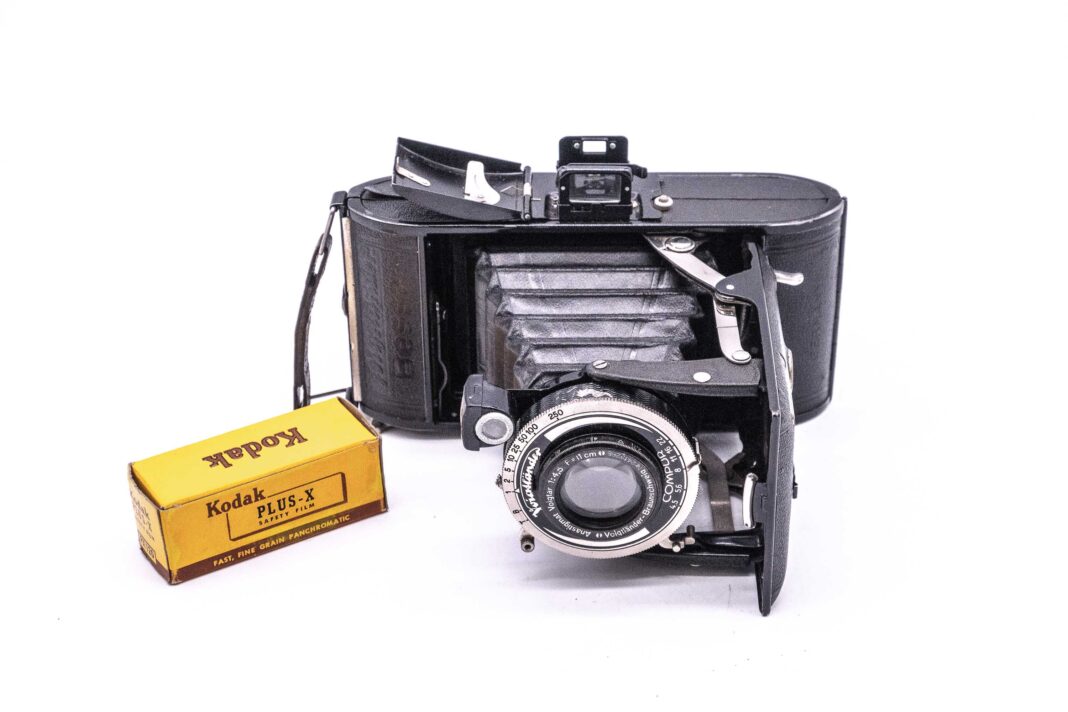

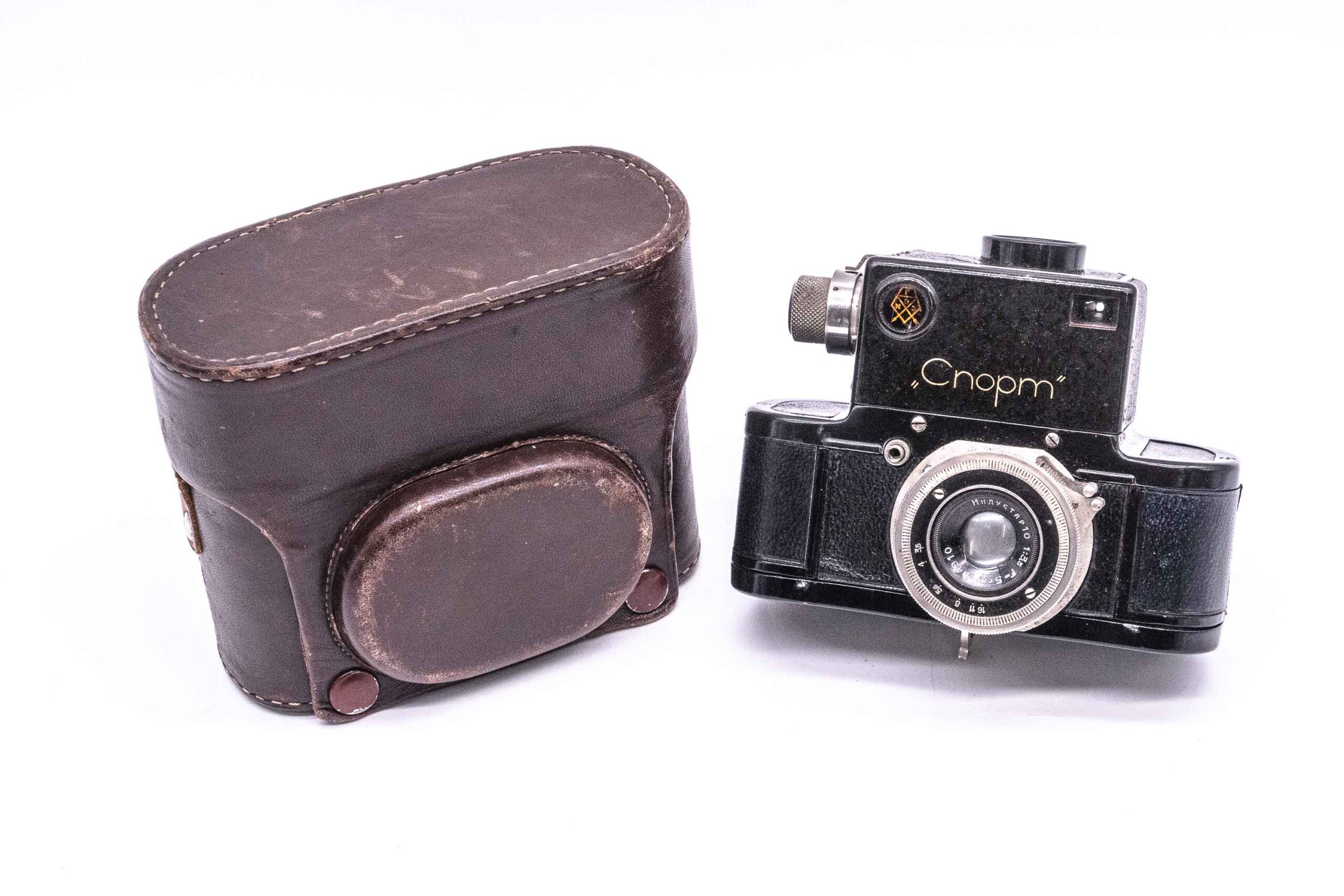
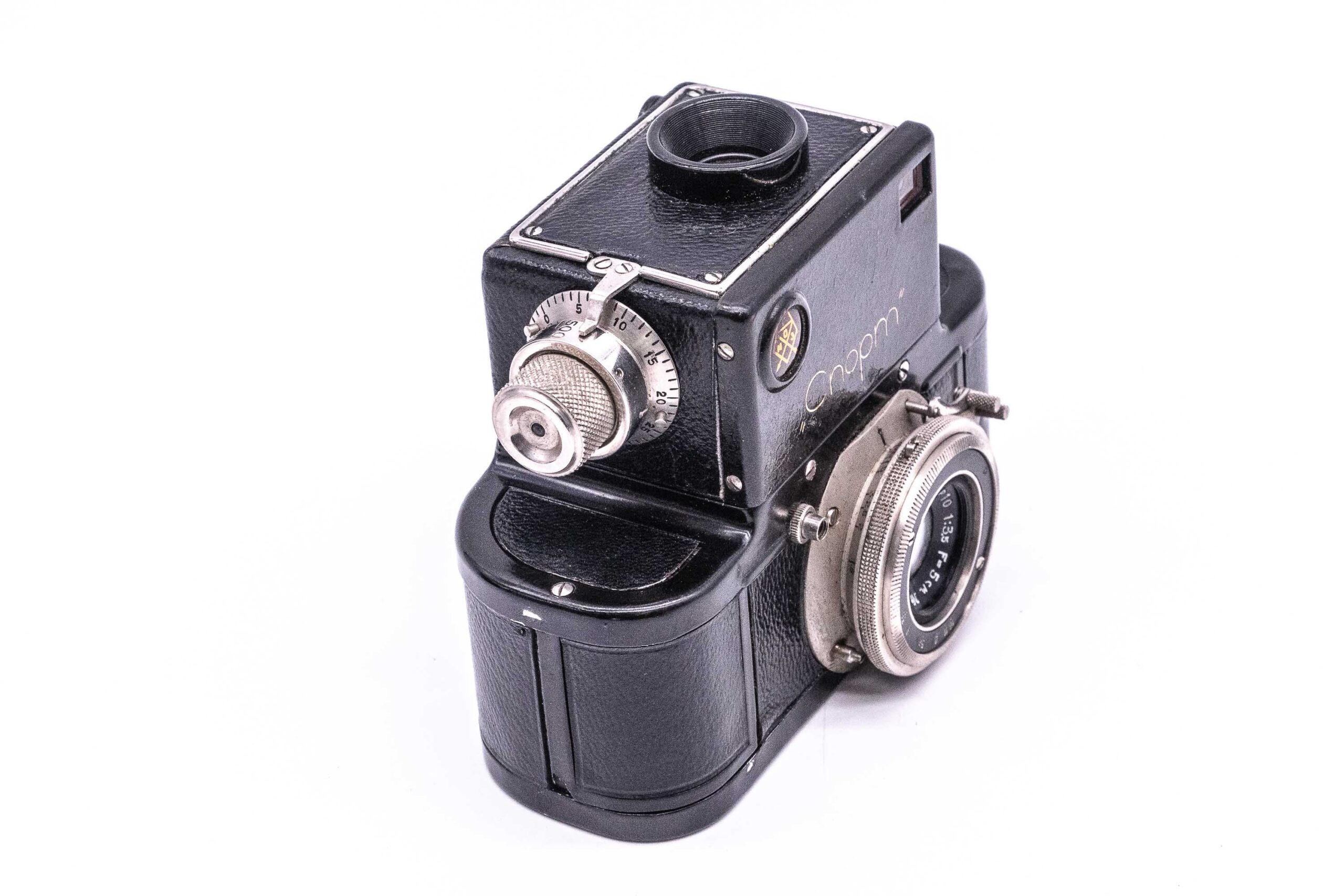
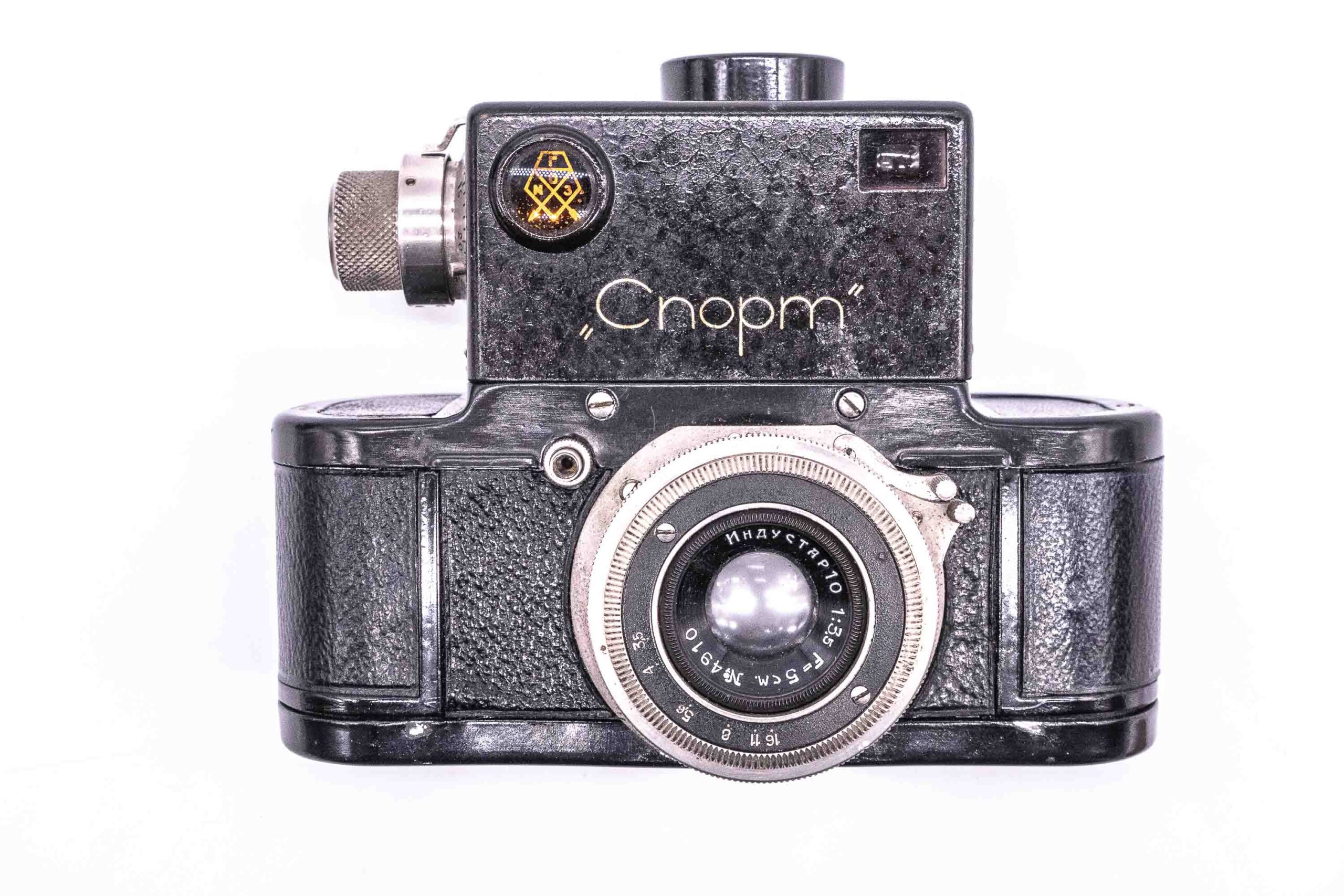
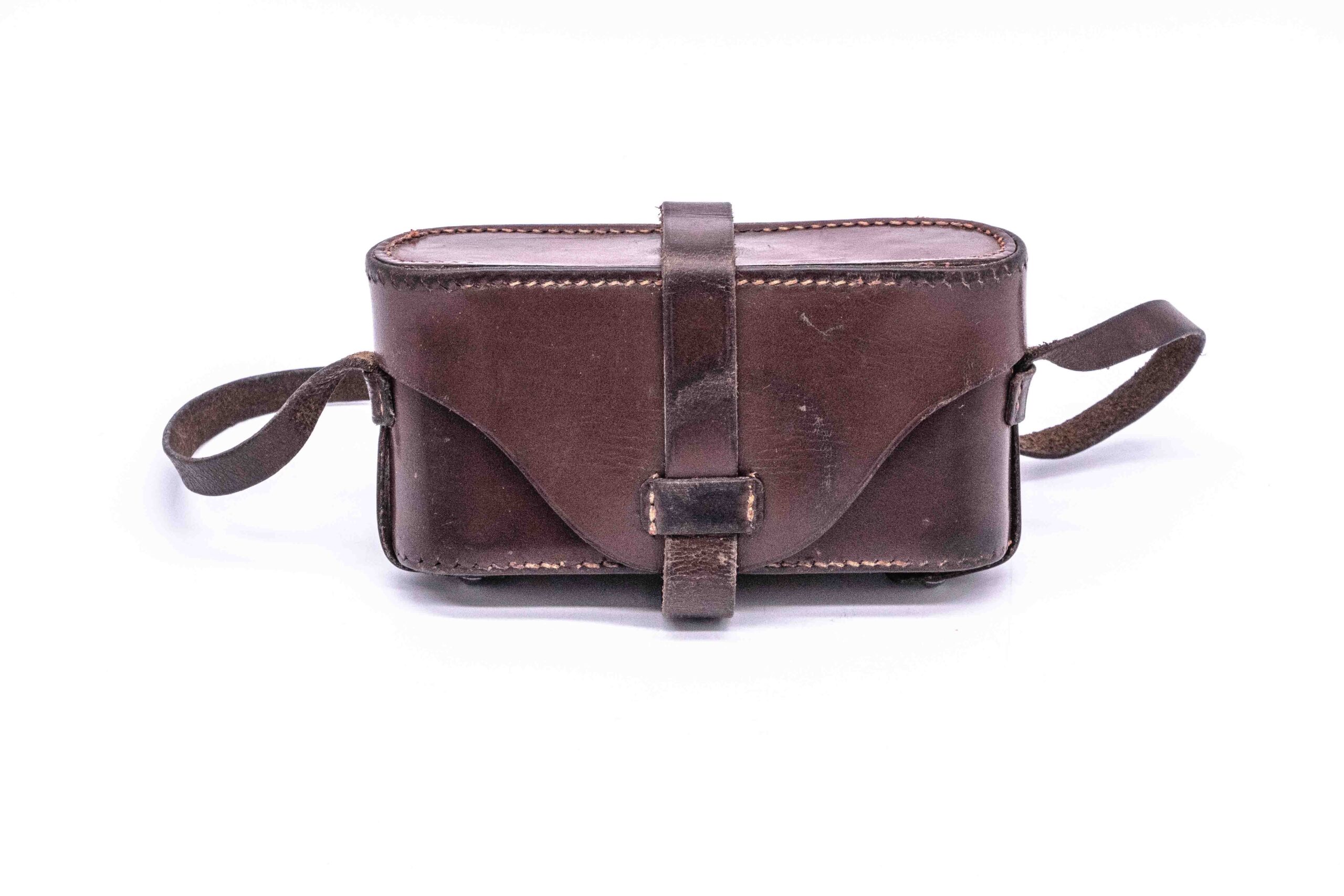
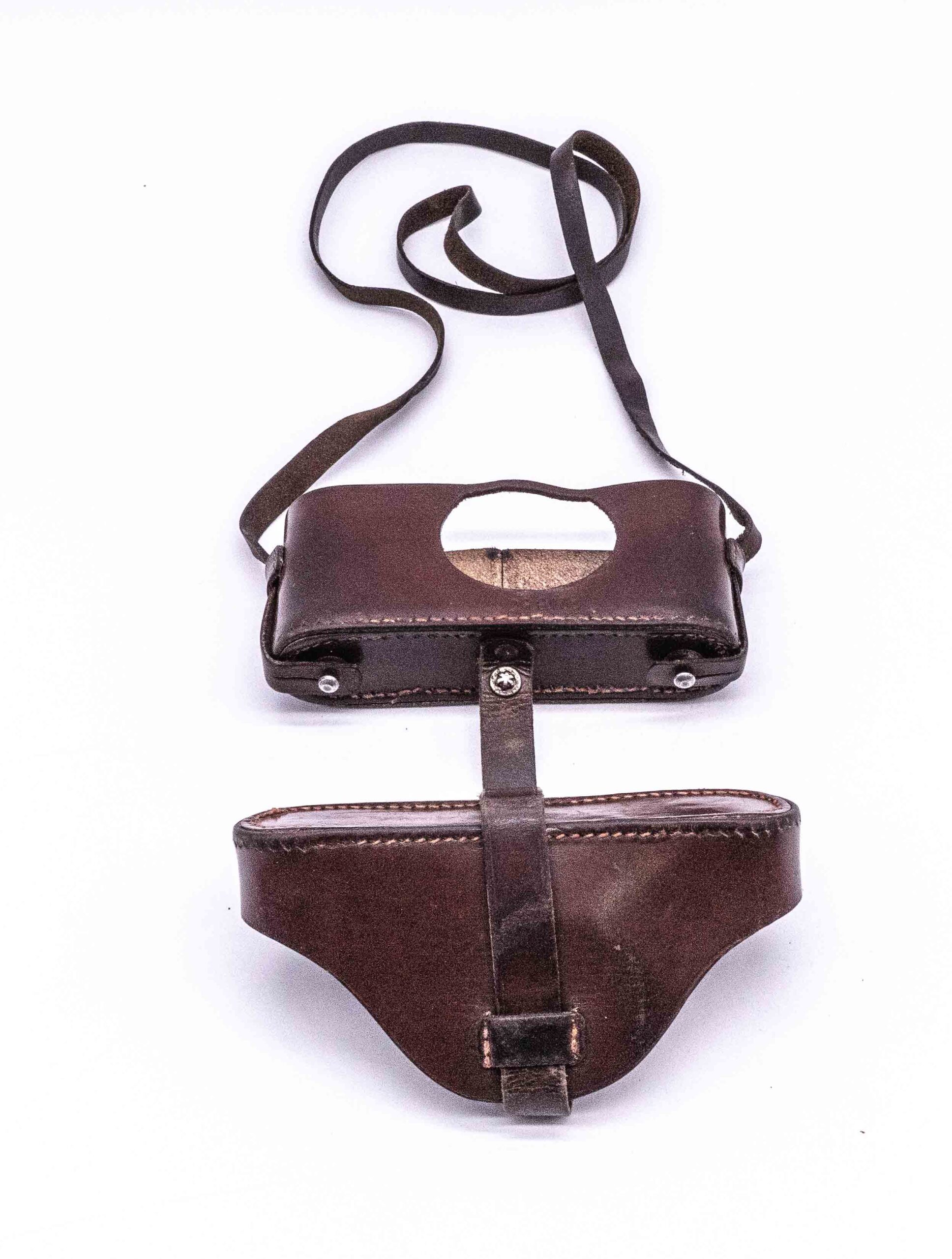
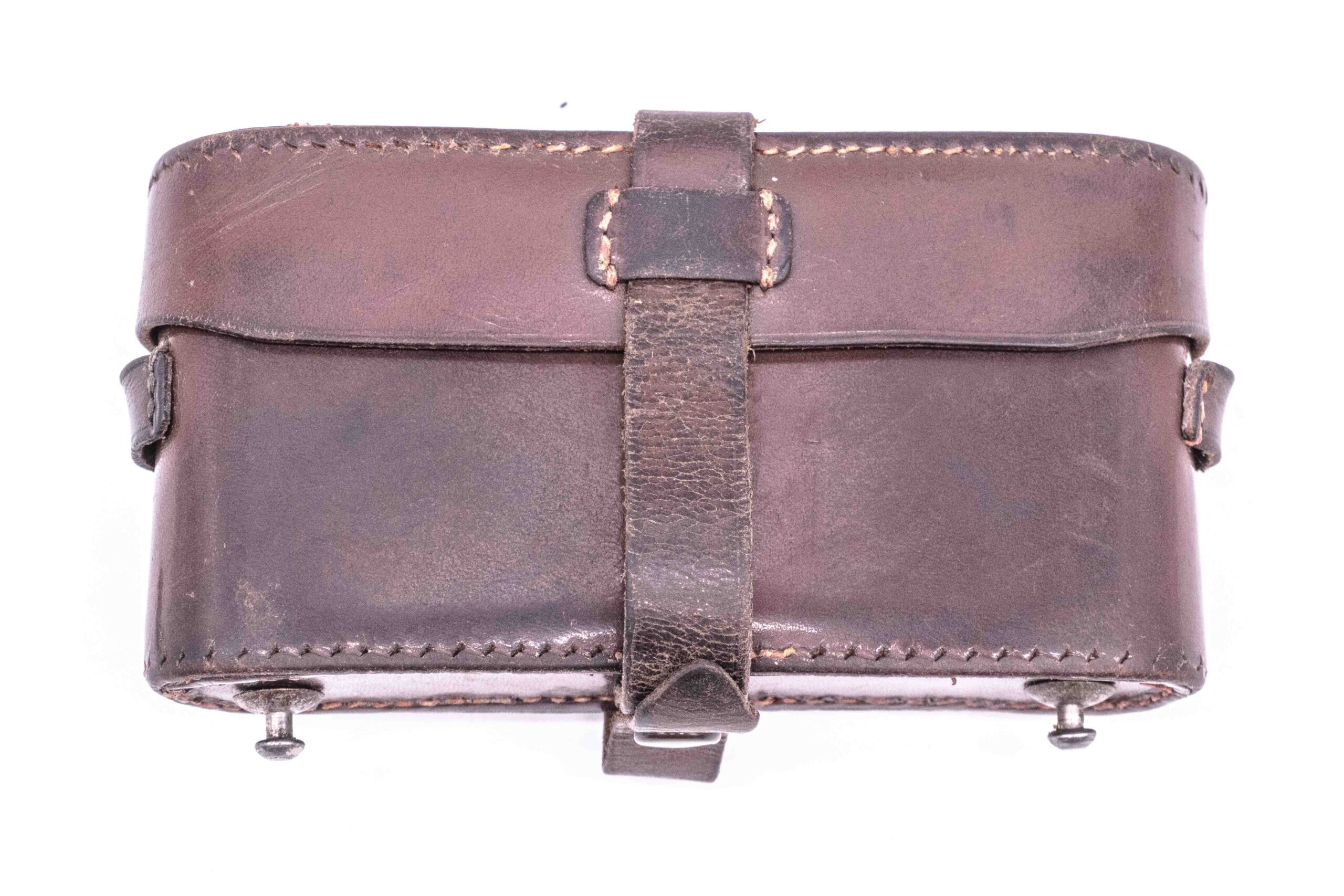
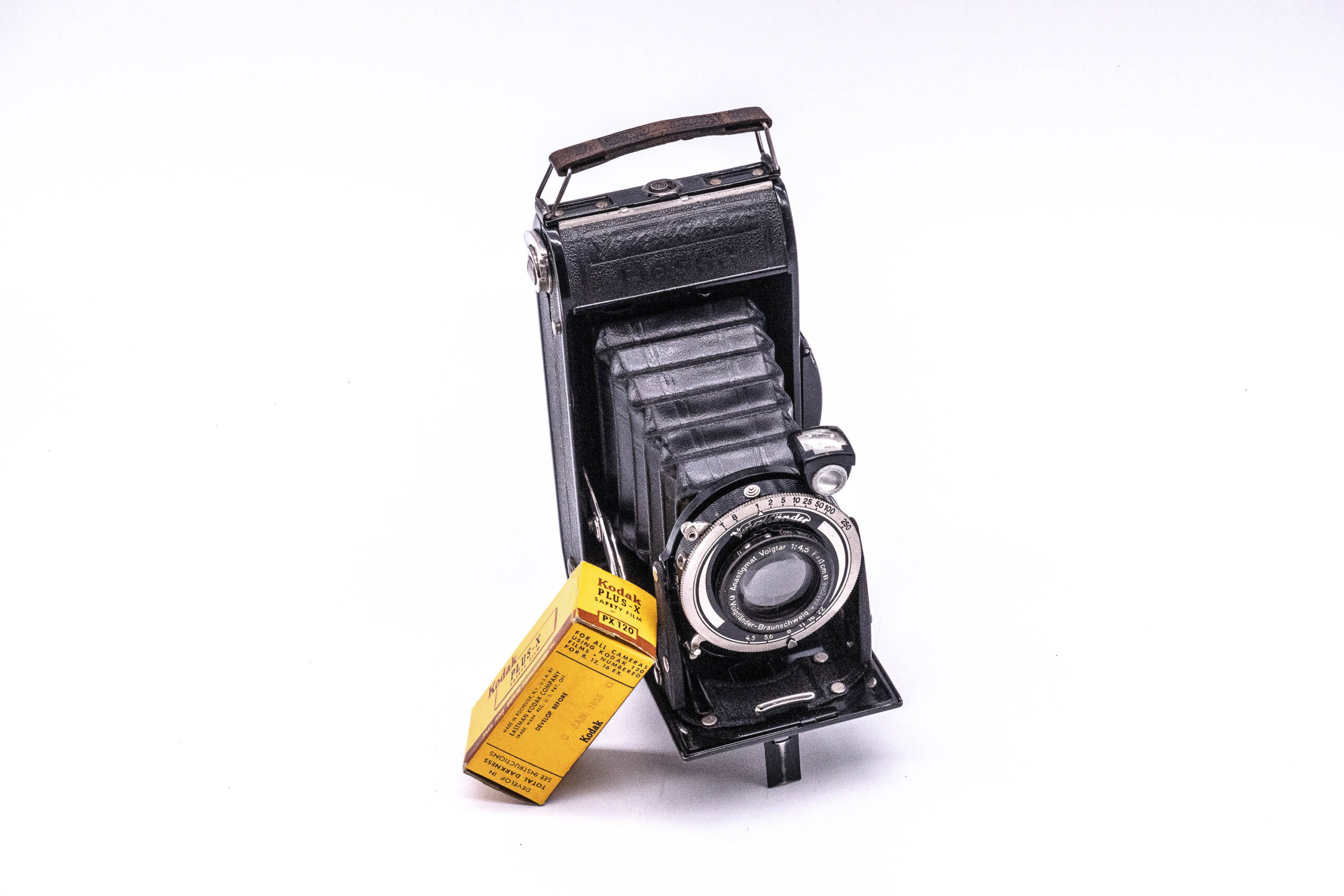
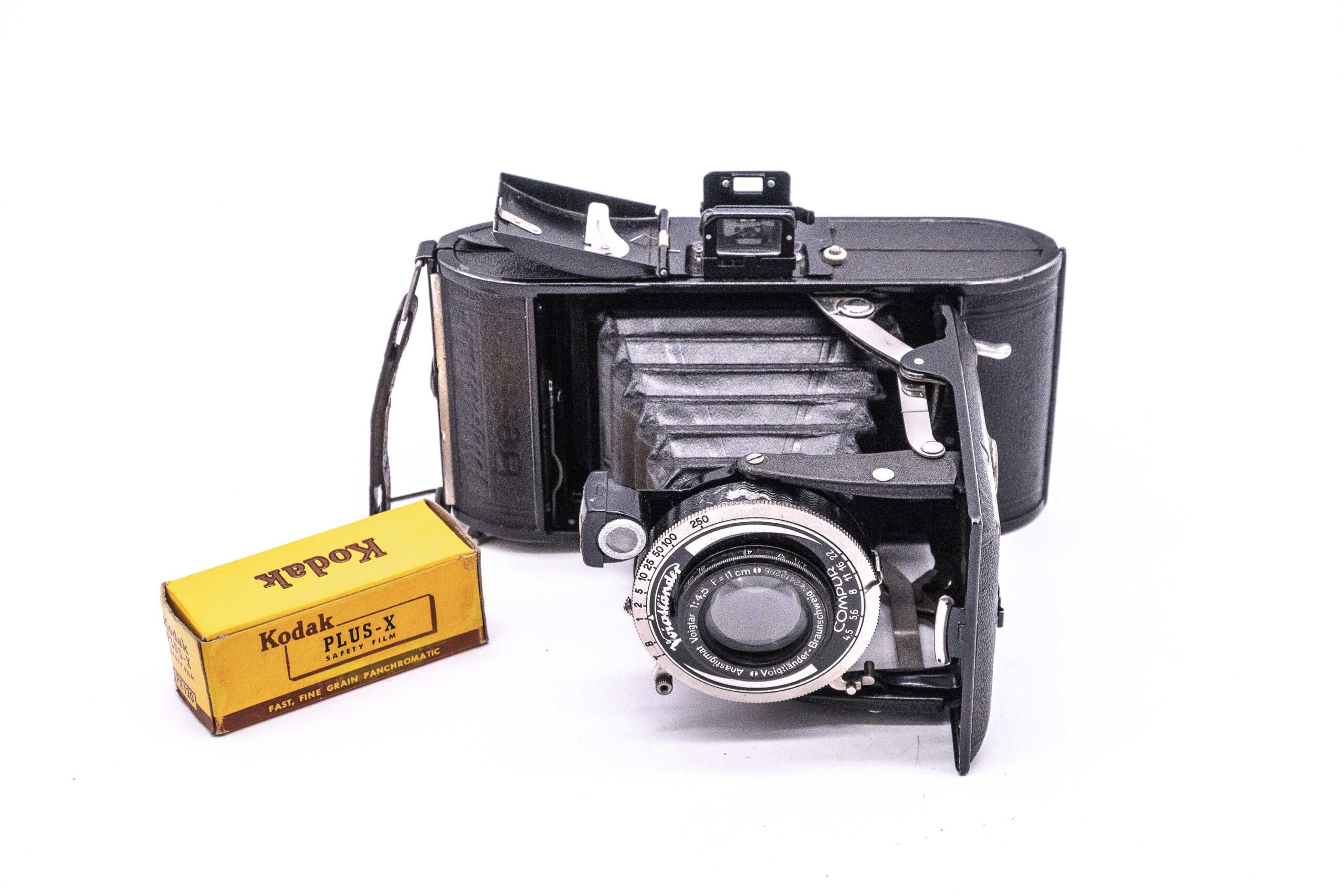
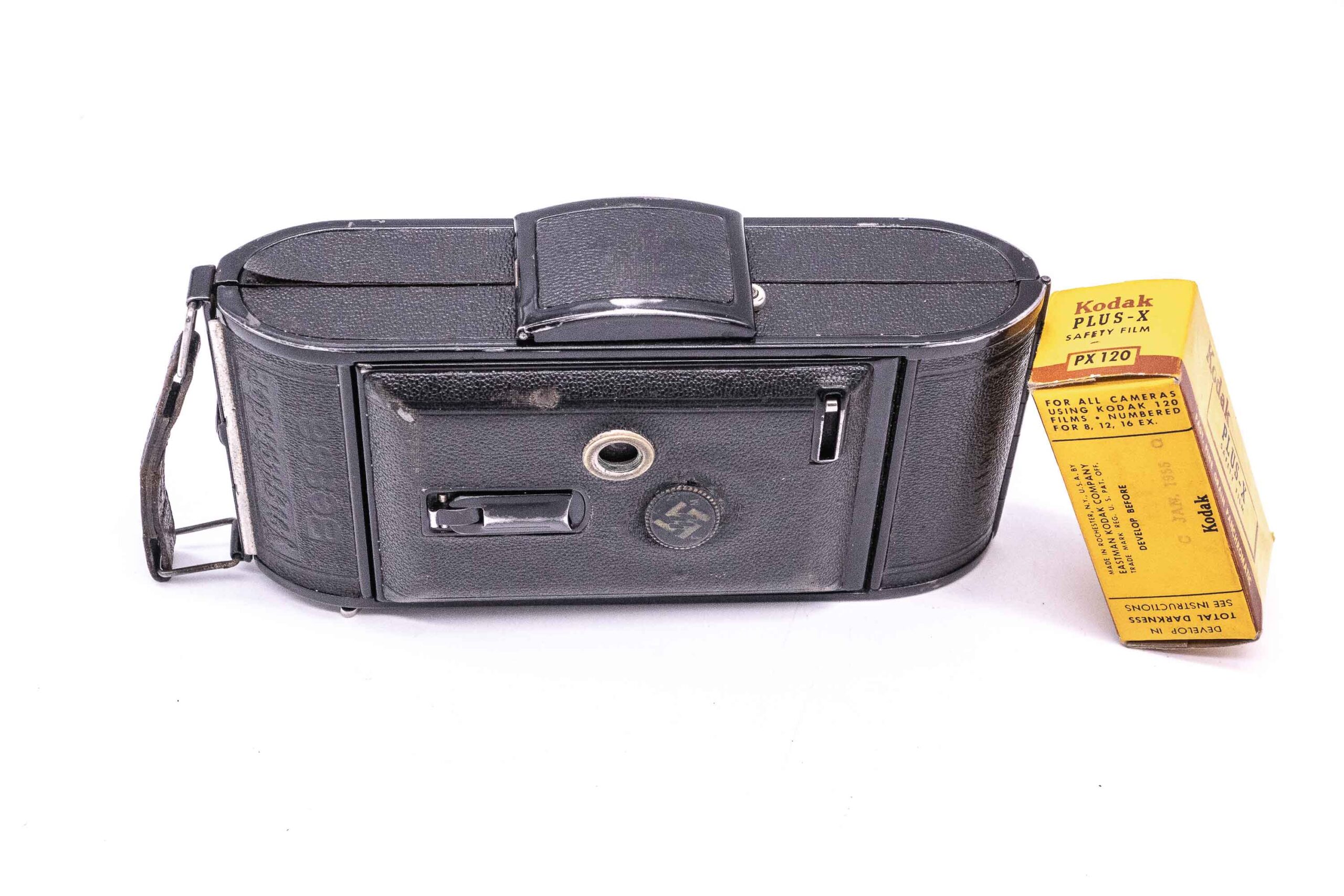
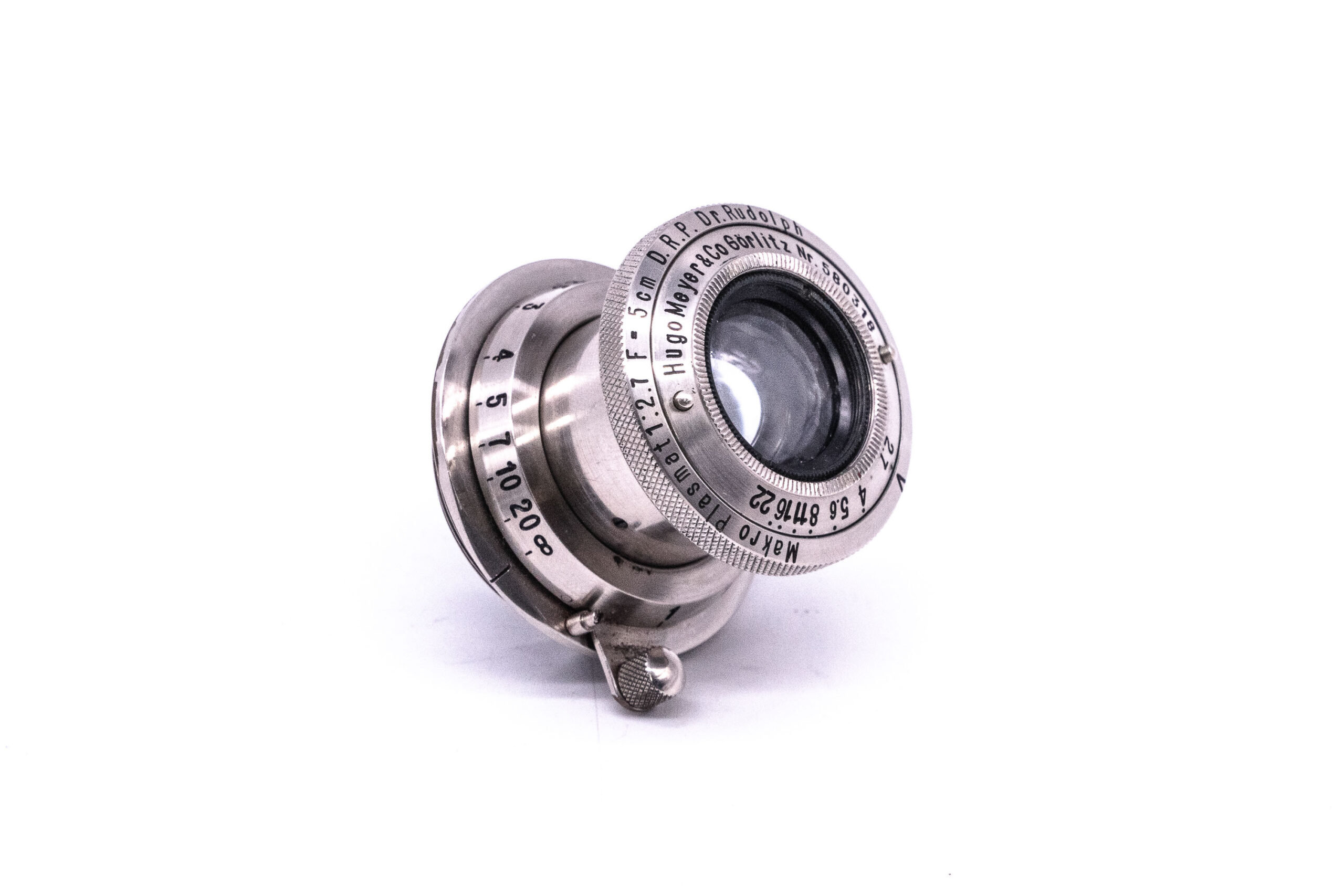
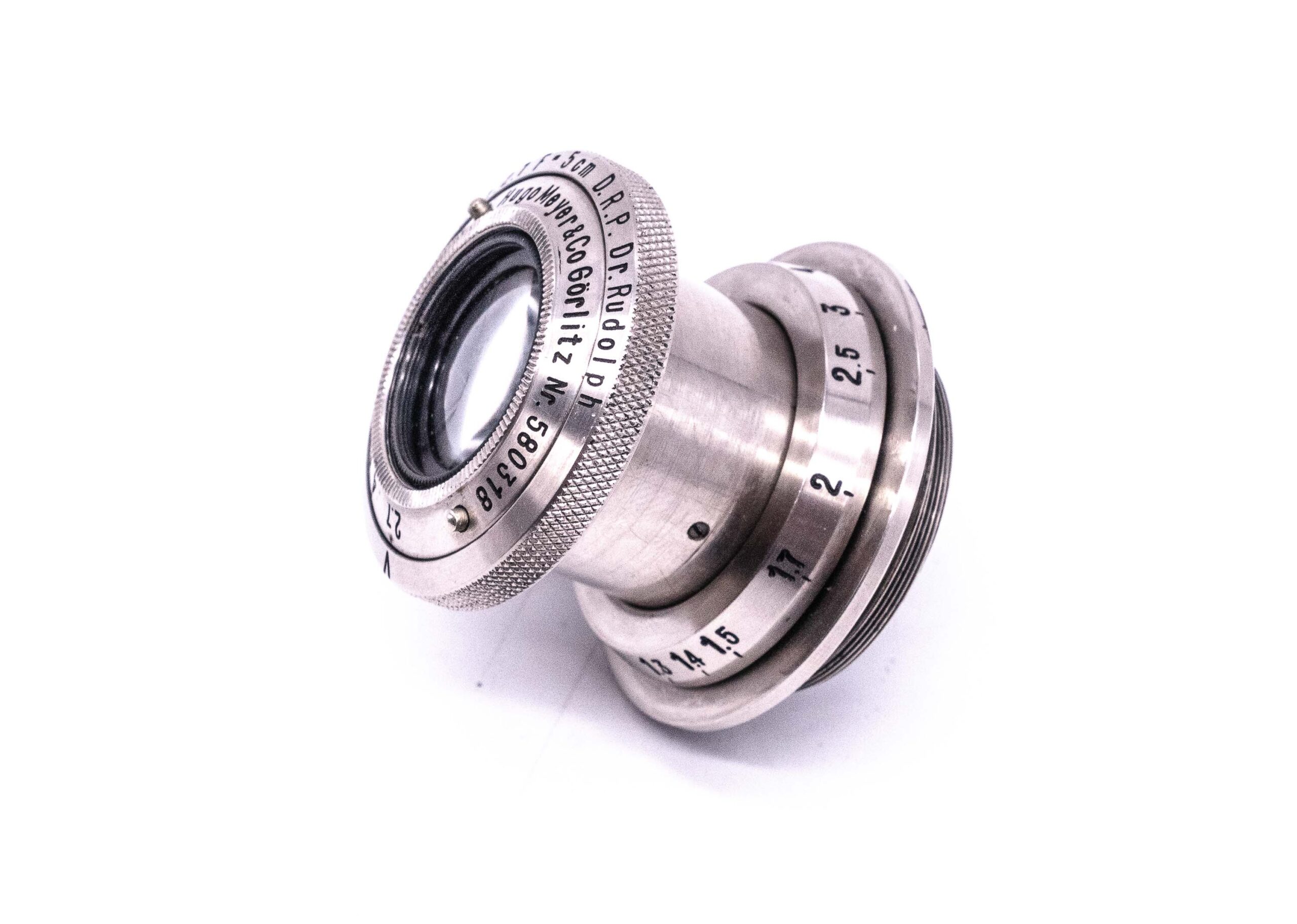
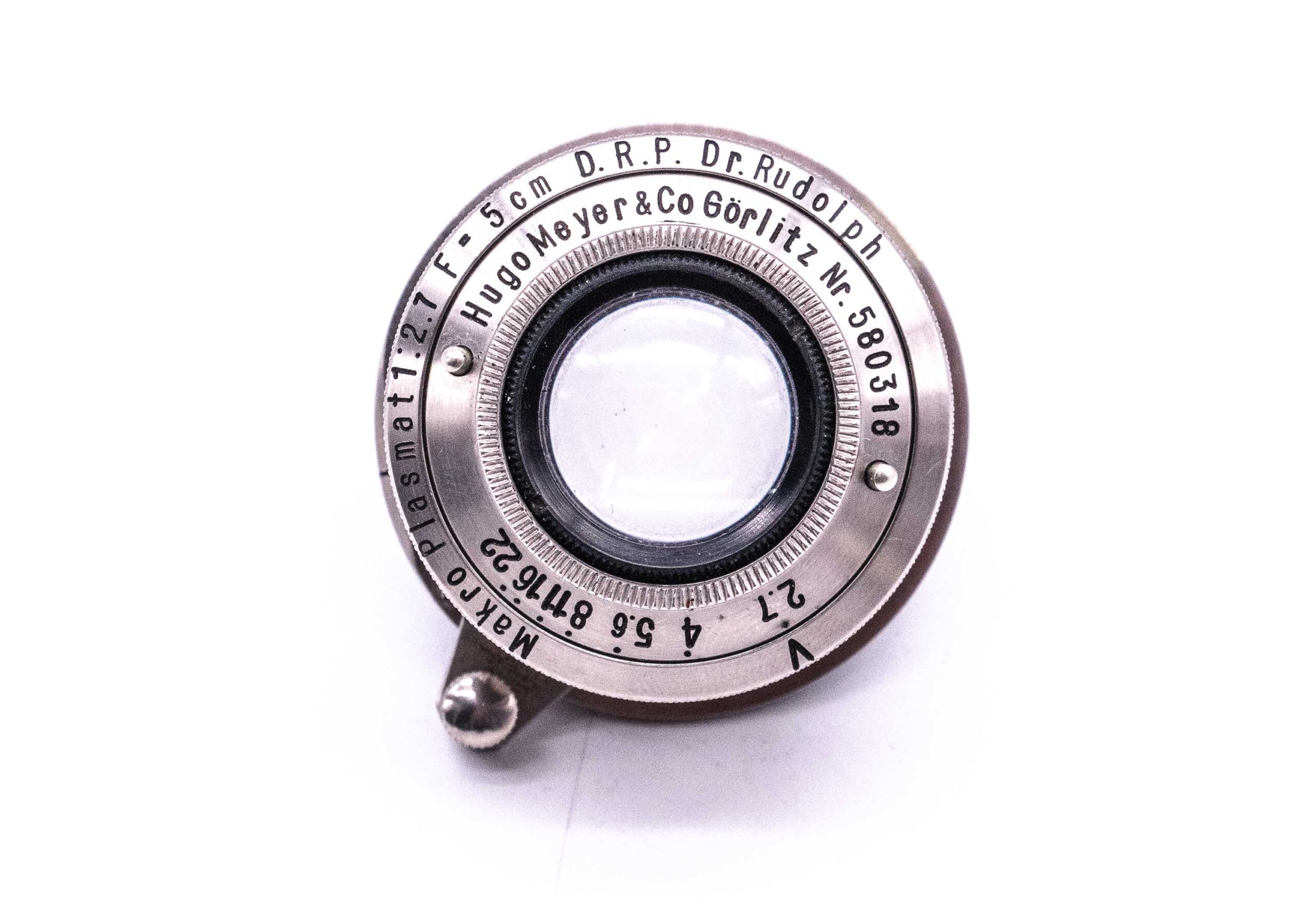
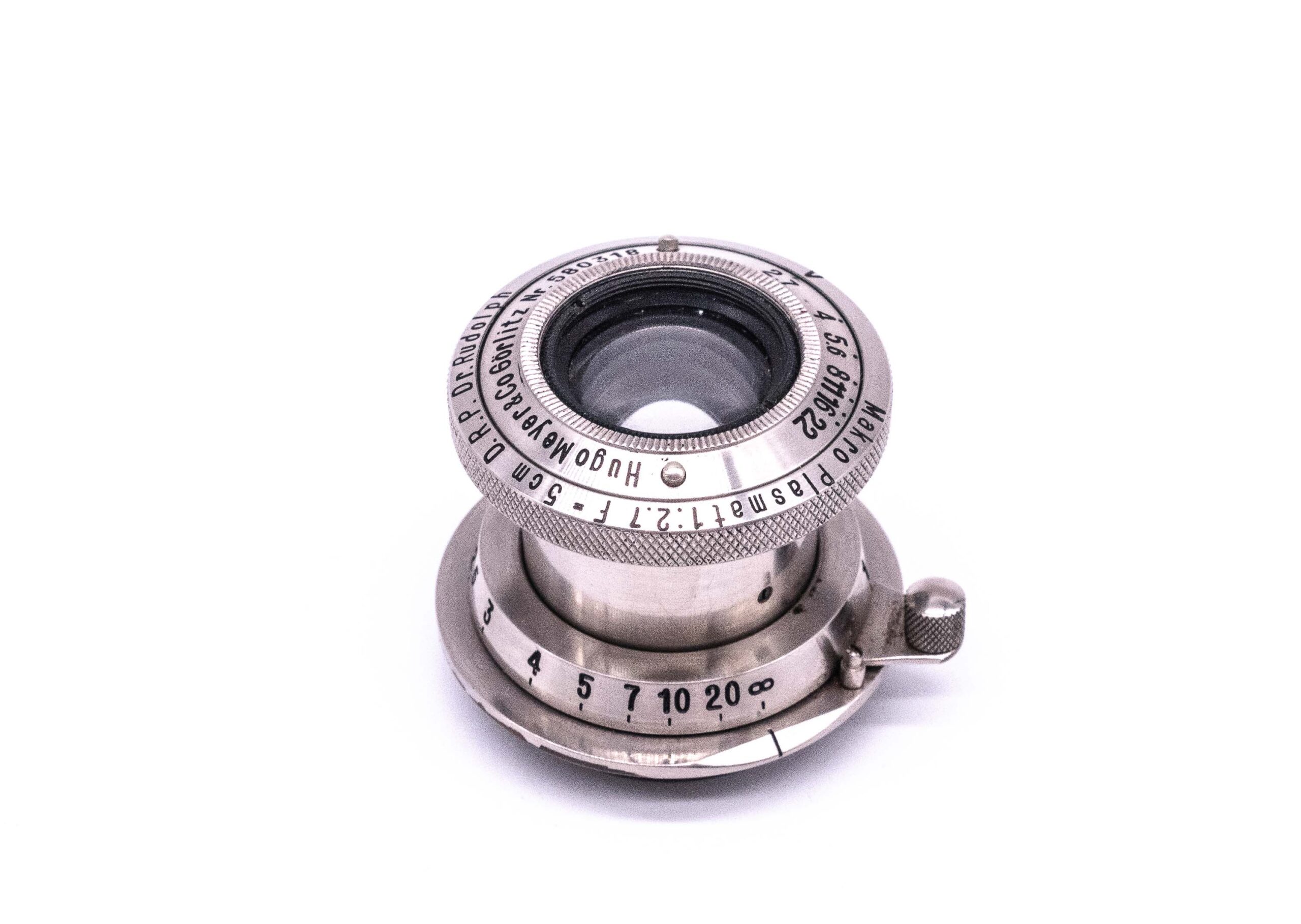
Great to see you here, Dan, my old friend. Your auctions are by far the most fun of any that I have attended online. And, yes, you are right,Dan, it is the people who count the most. The collecting community is like a separate ‘brotherhood’ or ‘sisterhood’, although collecting is almost totally a male pursuit.
Regards to all in Chicago.
William